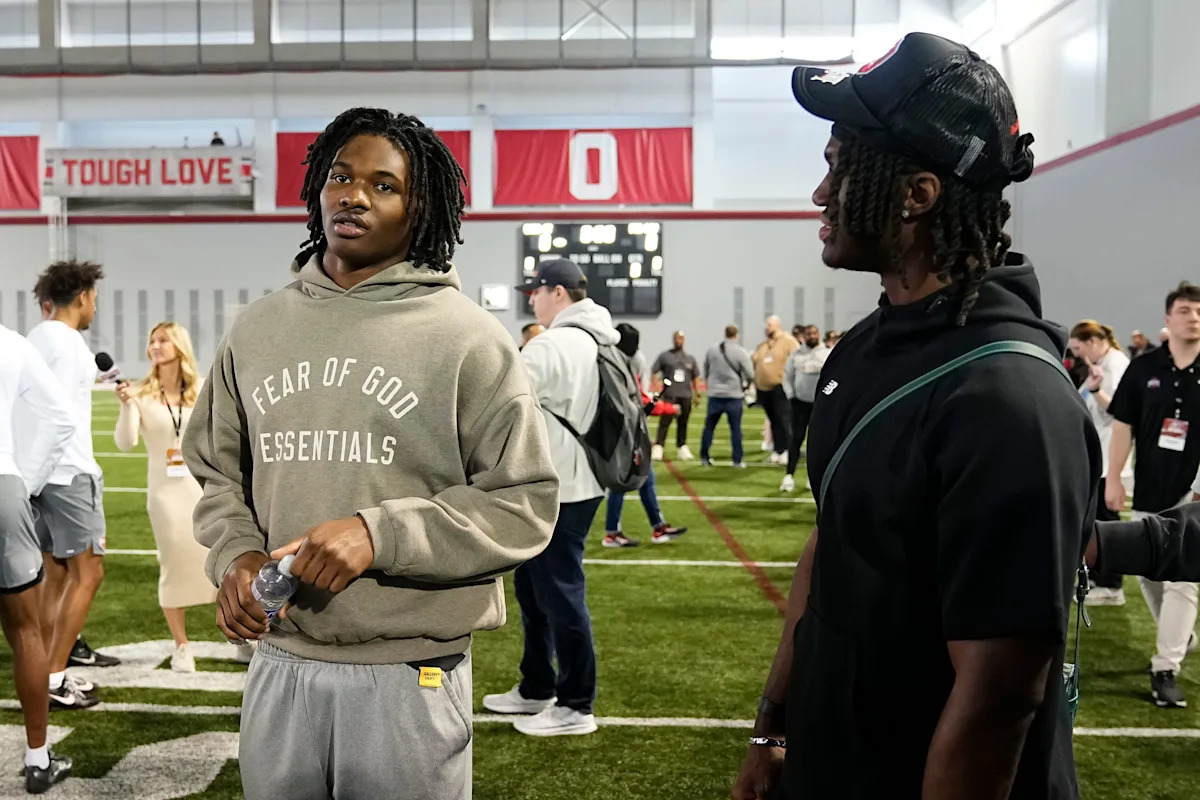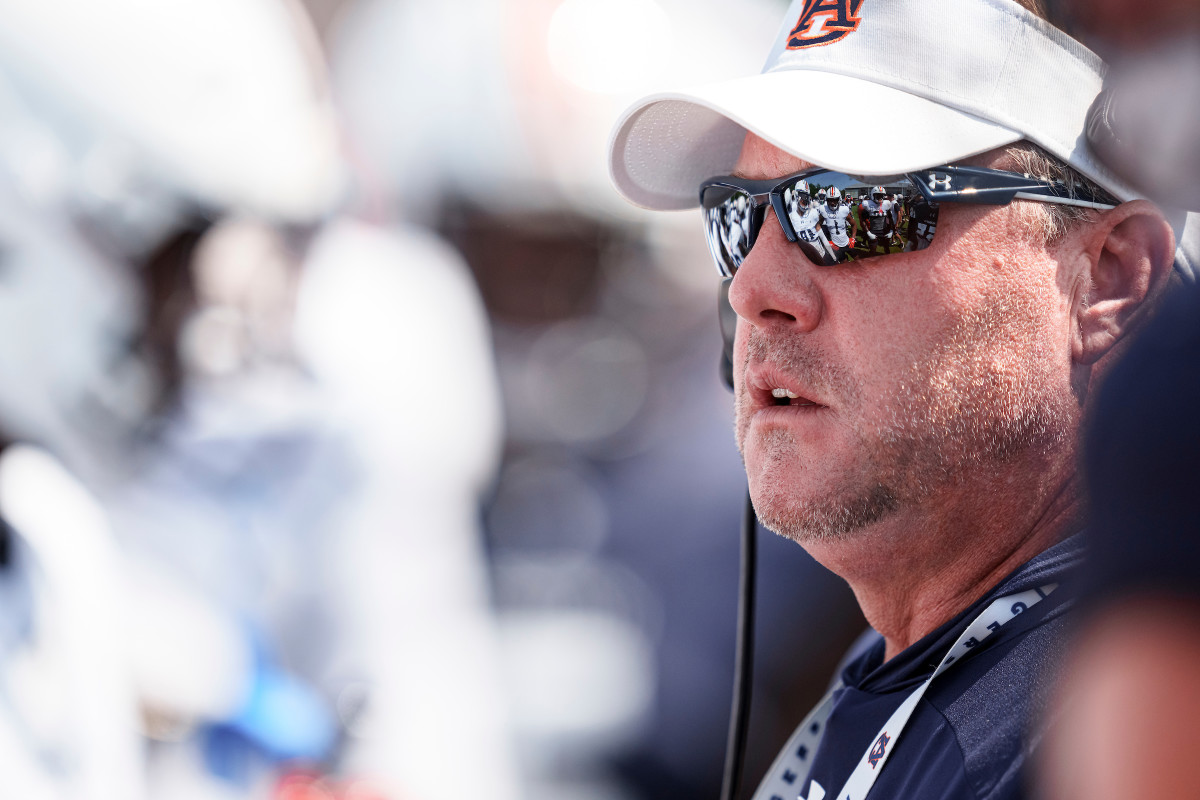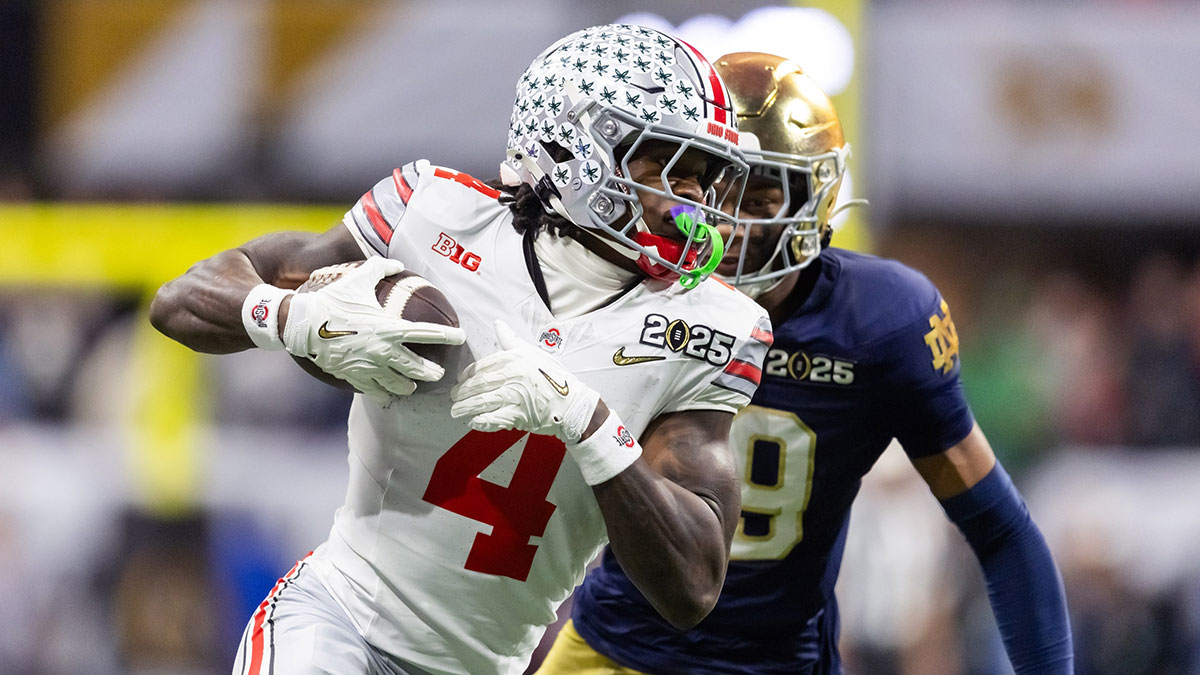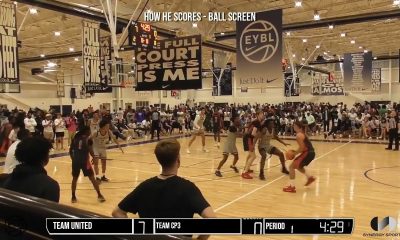ORLANDO, Fla. — A new era of college athletics has begun with the approval of the House settlement on June 6. Starting on July 1, institutions such as Florida, Florida State and UCF began the process of offering revenue sharing to their athletes. Here are some of the top questions about that process:
How will schools pay for it?
Any school that aims to remain competitive in football will fully commit to the settlement terms. But a $20.5 million obligation to athletes, both recurring and expected to increase, will strain even the richest athletic programs.
To meet any new expense requires a revenue increase, expense reduction or both. In 2026, SEC schools will receive more TV money from ESPN, which currently pays more than $800 million to televise the league’s sporting events. The SEC reportedly could make another $50-$80 million if it were to go from eight to nine conference games. Expanding the College Football Playoff from 12 to 16 games would produce another financial windfall.
Other schools, such as UCF, have also been fundraising, asking fans or boosters to donate to the Competitive Success Fund to help meet the goal of $20.5 million for its revenue pool.
On a smaller scale, athletic departments are reducing expenses on the margins. UF’s University Athletic Association required every department and sports program to cut its budget by 5%, saving a few million in the process.
Prices for tickets and other costs at events are sure coast to coast to rise, too. Student fees for athletics also could. Tennessee plans to charge football ticket holders a “talent fee” to go to athletes. Layoffs could sadly become part of the equation.
Who’ll get paid, and who’ll get stiffed?
SEC schools will commit $2.5 million to new scholarships, leaving $18 million in revenue sharing with athletes. Some schools are reluctant to share plans, but Georgia publicly offered a framework: 75% for football ($13.5 million); 15% for men’s basketball ($2.7 million); 5% for women’s basketball ($900,000) and the remaining 5% for other programs.
While the amount for football should be fairly standard, it could get tricky elsewhere. South Carolina finished last in the SEC in men’s basketball, but won two of the past four women’s titles (2022, 2024) and lost to UConn in the 2025 title game. LSU won the 2023 women’s title, while the men lost in the first round of the NIT. Gamecocks coach Dawn Staley and LSU’s Kim Mulkey should command, and could demand a bigger piece of the pie.
Examples are sure to abound at schools with traditions of success across the board. Lawsuits are likely to follow. With rev share disproportionately smaller for female athletes, some could claim violations of Title IX law instituted in 1972 to ensure equal opportunity at educational institutions. Conversely, football could argue it generates most of the revenue.
At UF, athletic director Scott Stricklin said athletes at each of the school’s 21 sports programs will benefit financially from either revenue sharing, increased scholarship money or Alston payments, based on a federal ruling awarding money to athletes to meet academic expenses.
How will NIL collectives operate?
The launch of name, image and likeness legislation spawned organizations to facilitate sponsorships or fund-raise to pay athletes. Pay-for-play quickly became the modus operandi. The fact that collectives operated independently of the athletic departments allowed tens of millions to flow to top athletes without oversight or accountability.
Even the Jaden Rashada fiasco at UF, involving a $13.8 million promise to a high school quarterback, did not stem the flow of cash, curtail aggressive dealmaking or stop athletes and their camps from going to the highest bidder.
Now that NIL payments will be vetted, collectives will have to market athletes, help big-money donors get creative and generate many three- and four-figure deals, not focus on five-, six- and seven-figure ones. In short, collectives will be asked to do what was intended, but ultimately ignored due to a lack of rules amid a high-stakes competition to attract talent.
Who comprises the College Sports Commission?
The College Sports Commission was created to oversee the implementation of the House settlement. Its membership consists of representatives from the ACC, Big Ten, Big 12, SEC and Pac-12. The CEO of the organization is Bryan Seeley, a former Major League Baseball executive.
The CSC answers to a board of directors, which consists of conference commissioners from the Power 4 leagues: ACC, Big Ten, Big 12 and SEC.
“There will be a separate governing body, the College Sports Commission, which will oversee this,” said UCF athletics director Terry Mohajir. “It’s going to have its own CEO that will basically oversee the enforcement, and there’ll be a chief investigator officer. We need a level playing field.”
How would buyout clauses work in revenue-sharing?
Buyout clauses are a standard feature in many NIL deals, as companies and collectives aim to address potential complications that may arise when an athlete decides to transfer to another team or organization. This same idea will also be integrated into revenue-sharing agreements. If an athlete transfers, they could risk losing a portion of their earnings. The new school they move to would then be responsible for covering the buyout amount, which would also count against their revenue-sharing cap.
“That’s going to be messy the first year or two as everybody figures out the math behind all of this,” said Kristi Dosh, author of “The Athlete’s NIL Playbook.” “You can’t give all your revenue sharing pool to your athletes who are coming in the fall because if you do that, you’re not going to have any money left over for the [transfer] portal. Your money doesn’t replenish until July 1, 2026. From a budgeting perspective, everybody’s just making educated guesses.”
According to an FAQ released during the approval of the House settlement, if an athlete receives $100,000 from a school (A) and receives $50,000 at the beginning of the academic year, but chooses to transfer to school (B), that institution would have to reimburse school (A) $50,000. It would be deducted from school B’s revenue-share pool.
© 2025 The Sentinel (Carlisle, Pa.). Visit www.cumberlink.com. Distributed by Tribune Content Agency, LLC.











)






 – Shannon Sharpe | First Take
– Shannon Sharpe | First Take













































